Grants
As the owner of a Designated Heritage Home in Saanich, you may be eligible for assistance with the cost of preserving and/or rehabilitating the your house.
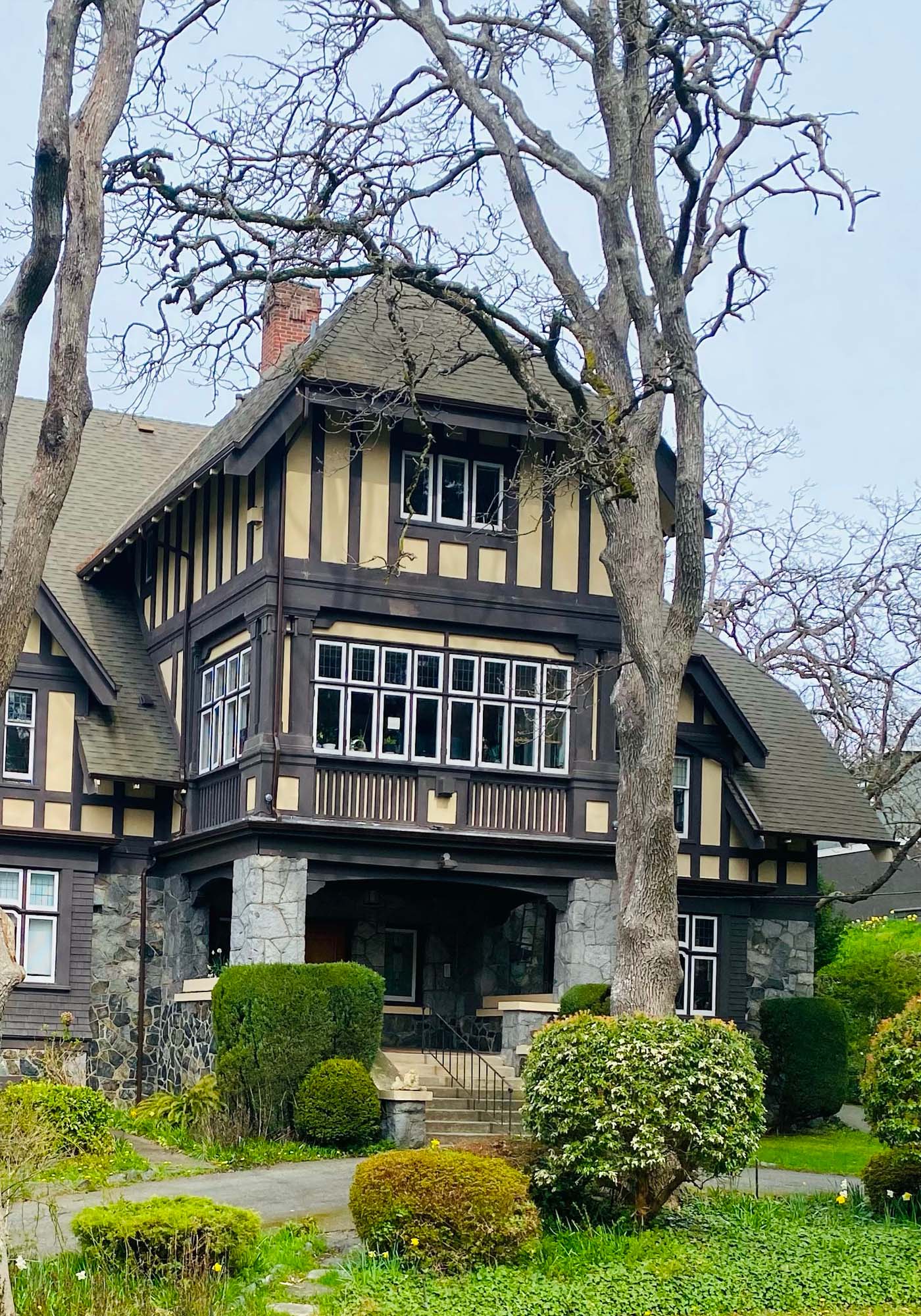
Grant Overview
The Saanich Heritage Foundation offers grants to owners of designated heritage buildings to help cover the costs of preservation, maintenance, or restoration. Between 1993 and 2019, about $503,000 in grants was awarded to restore around 145 homes.
Grants cover 40% of project costs, up to $10,000 per house per year (as of 2016), with a total limit of $30,000 over 10 years.
The percentage covered by the grant depends on demand and available funds. Homeowners can apply once per year per property, but each application can include multiple projects.
Grant deadline is April 30 of each year. (or Sept 30 if second intake) of each year.
- Grant funding is only available to houses that are heritage designated (not registered.)
- Homeowners are not permitted to do their own restoration work and receive grant funding for the materials.
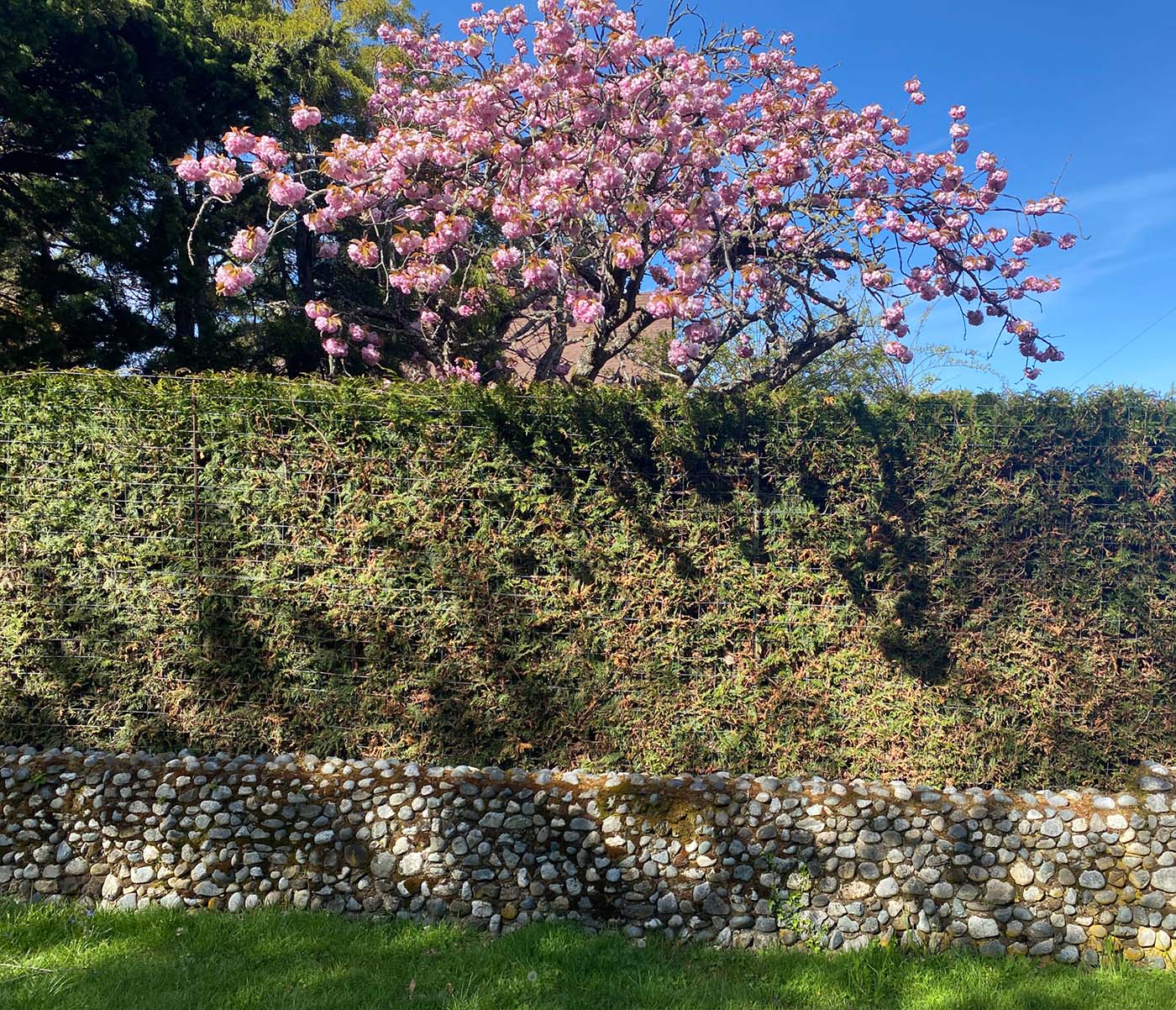
Heritage Grant Funding Policy (HGFP) – Document: 2025 Heritage Grant Funding Policy and Guidelines R1
- Funding is available in the form of grants for the restoration and upkeep of heritage designated structures.
- Funding awards are at the discretion of the Saanich Heritage Foundation (SHF) committee.
- Funding is determined on a case by case basis.
- Decisions regarding funding awards are based on priority requirements (i.e. roof and foundation before gutters and paint), condition of heritage structure, and value to the community, long-term viability and visibility factor.
- Decisions regarding funding awards are subject to available funds.
- As a grant recipient, photographs of your project may be published as examples of successfully completed restorations.
Please see our updated 2025 Heritage Grant Funding Policy and Guidelines R1 for our complete Grant Funding Policy and Guidelines.
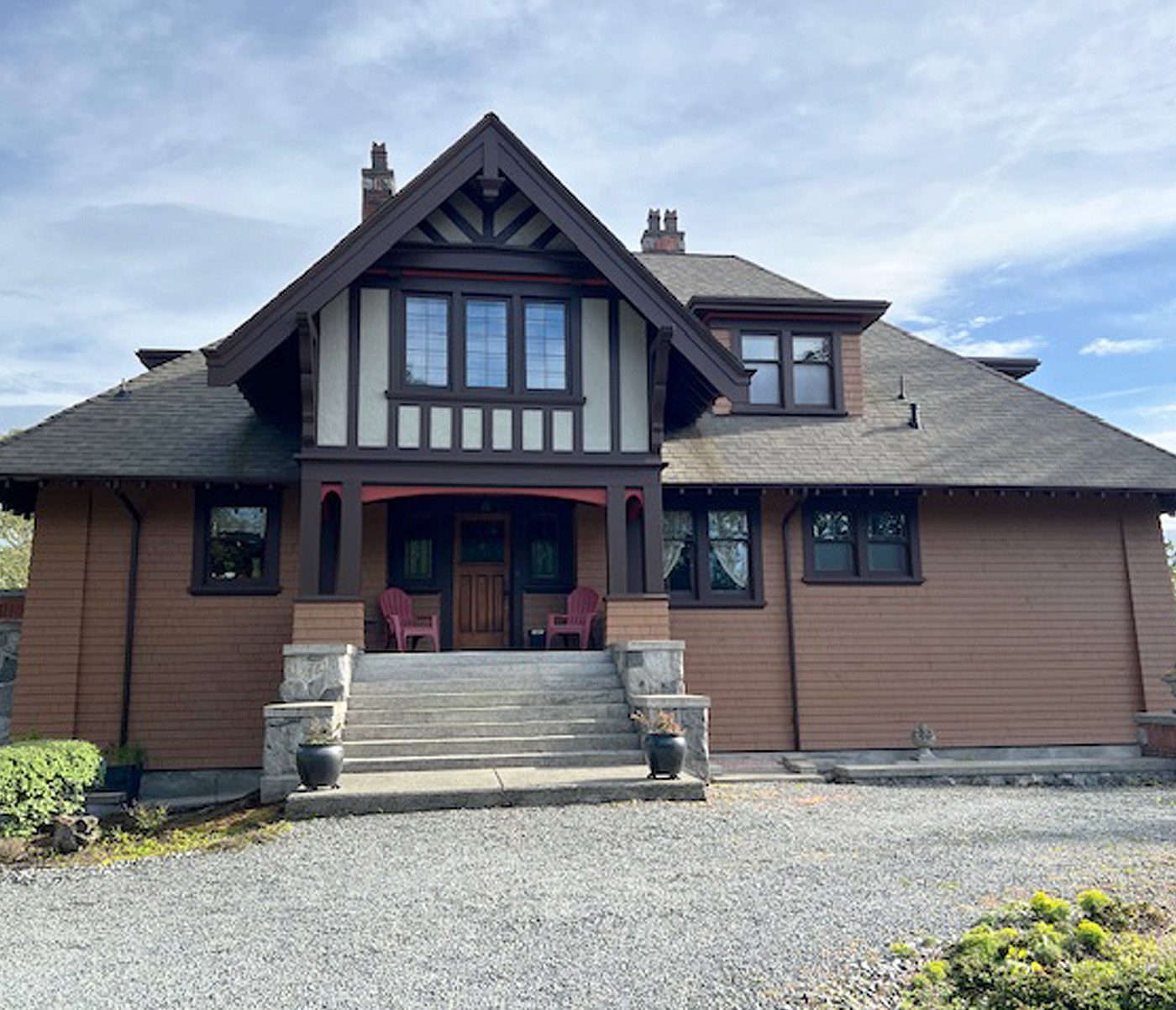
Grant Process
The following provides a timeline of the Grant Process:
1
Homeowners apply for a grant by April 30 (or Sept 30 if second intake) of each calendar year. The application package includes:
- Completed House Grant Application Form, Contractor estimates for each project (minimum 2),
- Current photographs of the house and project area before work starts,
- Paint chips of proposed colour scheme (if house is being painted).
2
Applications are reviewed by SHF Board at following meeting, and eligible projects are approved (subject to funding availability)
3
Letters are sent to successful Applicants that outline the details of the grant, and assigned Board member liaison
4
Work must be completed within one year of the grant approval letter date, or an extension must be requested in writing and been approved by the SHF Board in advance. The Board liaison must conduct at least one site visit during work period.
5
Once work is completed, homeowners return the SHF sign to the Board Liaison and submit the following via email:
- A completed Declaration of Completion, also signed by the Board Liaison assigned to the property/project
- Copies of any permits required and any final inspection reports from Saanich
- Copy of contractor invoices marked ‘Paid In Full’
- Photographs showing the completed work
6
The Board approves release of the grant based on successful completion of the project.
7
A grant cheque (or e-transfer) is sent to the homeowner for the approved amount.
Eligibility
As a homeowner, you may be eligible to receive a grant if:
- Your house or outbuilding has received Heritage Designation by the Municipality of Saanich.
- Your house or outbuilding is covered by adequate Homeowner and General Liability insurance;
- Your property taxes are not in arrears;
- The Homeowner is not involved in any ongoing or pending zoning or bylaw infractions; and
- The Heritage Designation plaque is prominently displayed on the exterior of your house.
For full eligibility requirements please see our updated 2025 Heritage Grant Funding Policy and Guidelines R1
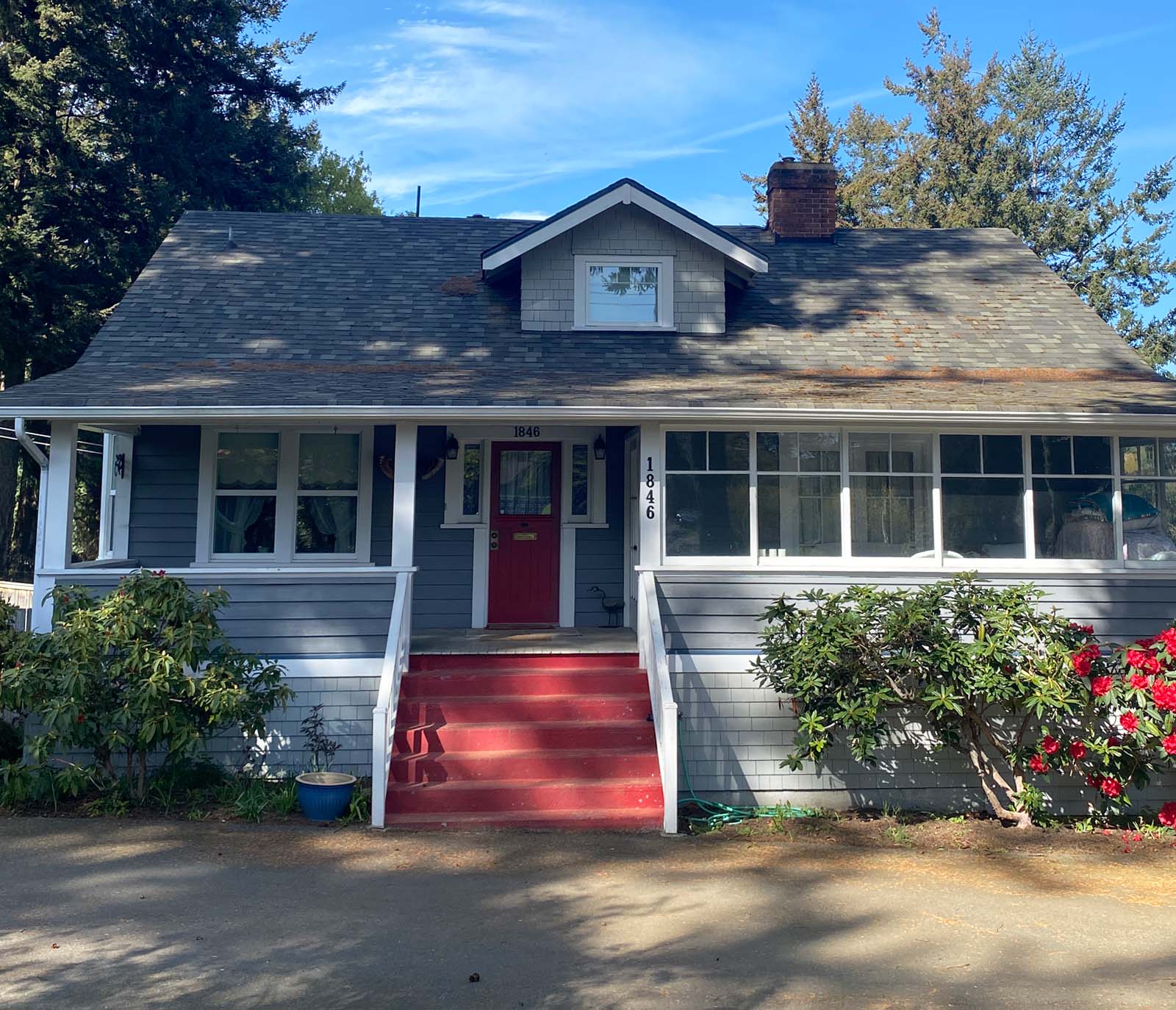
Restoration/Repair Guidelines for Grant Funding
While every effort is made by the Saanich Heritage Foundation (SHF) to provide correct information and guidance to homeowners in making applications, neither the SHF nor its members individually warrant or guarantee the information given.
The following list of exterior restoration principles can be used as a guideline by designated heritage homeowners and their contractors. In planning the work, the owner should keep these general principles of restoration in mind:
- An overall rehabilitation plan is highly recommended if extensive work is anticipated.
- Repairs to the basic structure, foundation, and roof should be done first (obtain the advice of an architect or engineer if uncertain)
- All surface cleaning should be undertaken with the gentlest method available.
- Use contractors familiar with restoration work on heritage buildings if possible.
- Restoration and retention of original architectural features and materials.
- Repair of original materials is preferable to replacement with new work (where possible).
- New work and materials should replicate old work exactly, or if old work is already missing, new work should be based on research of archival (photographic) sources of the same or similar buildings.
- Ongoing maintenance will minimize the need for extensive repairs and is therefore preferred.
- All work shall be in accordance with “The Standards and Guidelines for the Conservation of Historic Places in Canada”
- When obtaining quotes for a job, make sure you are dealing with all aspects of the work.
For example: sometimes the fascia boards or roof sheathing around the eaves need replacing when the roof is done; and when windows are rebuilt or restored, make sure that you also get quotes for installation, and priming and painting - Please also note that it is the property owner’s responsibility to make a separate application for a Building Permit to the Inspection Services Division
- In most cases, preference will be given to original material – this almost invariably means cedar shingles (sawn on both faces), or shakes (split)
- Quality substitute roofing material will be considered (e.g. textured asphalt shingles to simulate cedar shingles); for fire safety, it must be properly flashed in the valleys as per cedar shingle roofs
- All layers of old roofing must be removed
- Budget allowance must be made for rotten or damaged strapping or sheathing, especially at eaves and valleys
- Ridge capping may have been metal or wood, and should be replaced as original, if known
- Roof should precede gutters; but are new gutters and downspouts also necessary at this time?
- Ensure that nail length is correct for sheathing thickness to avoid protruding nails under eaves
- Minimum warranty – ten (10) years for labour and manufacturers warranty
- All workmanship shall be to standards endorsed by the Roofing Contractors Associations of BC (RCABC). While the SHF does not require that the roofing contractors selected (to submit a bid) be members of the RCABC, we would highly encourage this to the homeowner for quality control.
- Quotations must include “strip off” and “removal” from the job site, all roofing material
- Original materials are preferred (i.e. wood, galvanized iron), but prefinished aluminum is accepted
- Vinyl or PVC are not acceptable
- Original profile shape of the gutters should be repeated (e.g. Roman Ogee)
- Downspouts should also match original – usually 2″ round and connect to storm drains
- Fascia boards and rafter tails should be checked for rot, and repairs included in estimate or budget
- The SHF considers the condition of the storm drain system
- The SHF only funds exterior brickwork, i.e. chimney work from the roofline up, or on exterior wall (Interior flue liners and venting upgrades to meet Building Codes are not funded)
- Replacement bricks, if required, are to match the originals in profile, color, texture, size
- Do not use soot-stained bricks on the exterior
- Profile and materials of the cap should match the original
- Chimney pots should match original – if flue liners are being installed where they were not original, use minimum projection above chimney top as per Building Code Requirements
- Color and profile of mortar joint should match original
- Sand blasting or power washing should be avoided – paint can be removed chemically
- Chimney liners are to be of types approved by municipal authorities
- Original (unlined) chimneys are no longer code compliant and should be inspected by municipal authorities and upgraded accordingly.
- The SHF funds new foundations or seismic upgrades, but with only minimal change to the original floor level and exterior grades.
- The SHF will not fund a foundation that is being either raised or dug deeper into the ground
- Water-proofing, a ground seal and proper ventilation is required
- Check with Saanich’s Engineering Department for location and depth of storm drain and sanitary sewer connections
- Skirting details – reconstruction should include the original or facsimile water table and base
- A Professional Engineer may be required for new foundation design
- Must use No. 1 clear Douglas Fir lumber for replacement of exterior trim
- Make exact profiles of original moulding profiles, siding profiles, balusters and ornamental trim when replacing and rebuilding
- Research original design of porches and steps and missing ornament
- Plywood is not historically correct. Fir flooring is still available. Most old porches are fir floored and steps have bull-nosed treads
- All woodwork should be primed at time of installation
- See Well-Preserved: The Ontario Heritage Foundation’s Manual of Principles and Practice for Architectural Conservation by Mark Fram, p. 136-139
- The SHF does not fund double-glazed or thermal units in vinyl or aluminum frames
- The SHF does fund double-glazed or thermal units set in wood frames to match original windows
- The SHF does fund wooden storm windows: fixed, opening or removable
- Replacement windows should, whenever possible, use “old” glass (i.e. rolled) if suitable to the era of the home (and if available)
- Replacement windows should replicate the historic windows in size, number of panes, maintain shape, frame, color and reflective qualities of the glass
- Muntin bars (the wood pieces dividing small panes of glass) are to be placed between separate pieces of glass, not just on top of one large piece of glass
- New windows or storms must be primed before installation; be sure your price quote includes priming, painting, hardware and installation
- Storm windows can increase the life of your historic windows by providing protection from the elements; storm windows also provide heat and sound insulation
- Retain original operating mechanisms and hardware where possible
- The type of paint must be carefully considered and of a quality that will last as long as possible – at least 7 years (Research this with a paint contractor/retailer.)
- Woodwork and trim repairs and replacement that are required must be done prior to painting
- No lead based paints or marine enamel paint
- The most important aspect of a paint job is the preparation. An improperly prepared surface will not hold paint. Good preparation of surfaces is extremely important – get advice from experts
- Power-washing or sand-blasting, should be avoided, (hand washing is preferred to remove dirt)
- Obtain written warranty for paint job
- Use of Oil (alkyd) vs. Latex (acrylic) depends on the condition of the surface, location on the house and design of the house
- This information can be obtained from your paint contractor/retailer and is essential for best and lasting results
- For shingle siding, generally oil-based stain is best, unless shingles are already painted. Stain is easier and cheaper to apply, longer lasting, and allows the texture of the shingles to stand out better – it also doesn’t peel like paint
- Acrylic (water base) paints generally last longer than oils and allow the wood to breathe therefore are not likely to have wood rotting underneath the paint), so would be better than oil on most surfaces
- Window sashes and doors, because they are meant to move, are best done in Alkyd gloss for highest abrasion resistance
- When old stains in the wood will leach through new layers of paint, the wood should be sealed with an oil primer
- Half-timbering was likely meant to be a flat finish, to simulate an aged medieval, rough-hewn look
An attractive and appropriate color scheme is the “finishing touch” for any heritage house. For this reason the Saanich Heritage Foundation encourages owners to choose the colors carefully and in some cases to enlist the help of a color consultant or architect.
An appropriate color scheme may be one of the following:
- The original colors as determined by sampling and/or research. To find original color, try sanding in an inconspicuous spot on your house.
- An alternative color scheme from the guidelines found in several references listed below). Alternative color schemes should be sympathetic to the design and period/style of the house (e.g. Queen Anne, Craftsman, etc.)
Use historical accuracy in placement of colors – don’t pick out too much detail.
Please note that for a paint job to be funded by the SHF, approval of the color scheme is required. Payment of the grant is contingent upon the owner following the approved color scheme. Any alterations to the initially approved color scheme must also be approved by the SHF.
References:
- True Colours Palette
- Your Old House True Colours
- Moss, Roger W., Century of Color: Exterior Decoration for American Buildings – 1820/1920, Watkins Glen, NY, American Life Foundation, 1981.
- Moss, Roger W. and Gail Casey Winker, Victorian Exterior Decoration, New York, Henry Holt, 1987.
- All photos must be in colour and in digital form (.jpg, .png)
- As part of the application:
- Include photos of all 4 sides of the house, in the context of the street and/or neighbours
- Include closeup/detailed photos of all proposed work areas.
- During construction
- Take photos of the job in progress, including one with the SHF sign
- If the job is a roof, take photos of the existing roof, then the exposed sheathing or stripping, the new roof in progress and finally completed
- If the job is perimeter and storm drains, take photos of the open trench with pipes or tiles
- Post Construction:
- Take ‘after’ photographs from the same spot as the application photos (at minimum)
To obtain accurate estimates for comparison, it is important to fully detail the requirements of the project.
- Start by researching the historical requirements of your project.
- Ask questions and get advice regarding the specifics of your project, i.e. friends with experience and/or contractors who have worked on heritage projects.
- Make a list of your job requirements, start to finish.
- Consider such things as clean up, is the contractor insured, warranties, quality of materials, back priming wood before installed and how to handle unforeseen damage/additional scope.
- Have a clear description of your scope/requirements before you request quotes from contractors.
- Ensure each quote received is for the same scope.
